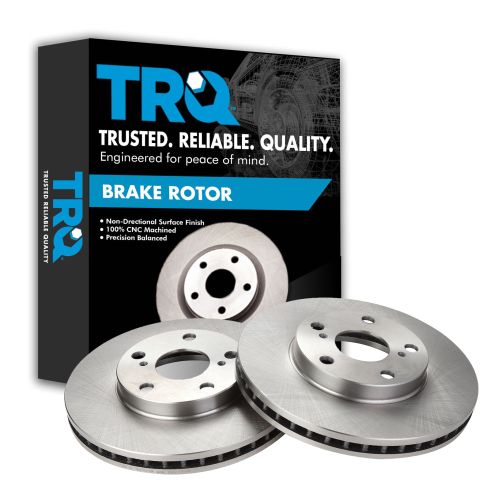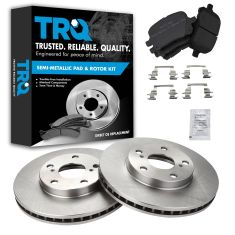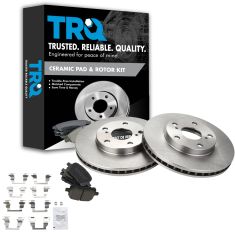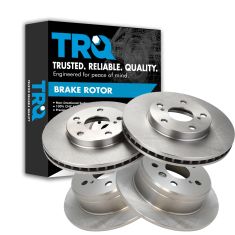1ABFS03501-Toyota Lexus Front Driver & Passenger Side 2 Piece Brake Rotor Set TRQ BRA75192
Replaces
2001 Toyota Solara Front Driver & Passenger Side 2 Piece Brake Rotor Set TRQ BRA75192
Product Reviews
Loading reviews
5.00/ 5.0
4
4 reviews
May 24, 2023
Very good
Haven't had a problem
September 12, 2023
Great price good parts
Brakes and rotors
April 24, 2024
Good quality
April 28, 2024
Great, no problem with the parts, fits & perfectly installed.??
Customer Q&A
Are these coated disk?
April 27, 2023
10
These are non-coated brake discs.
April 28, 2023
Meghan R
10
They are all rusty. Not sure if thats what coated is supposed to keep the rust away. They rusted the first week they were on my car.
May 3, 2023
Kirstin R
Toyota is a registered trademark of Toyota Motor Corporation. 1A Auto is not affiliated with or sponsored by Toyota or Toyota Motor Corporation.
See all trademarks.














